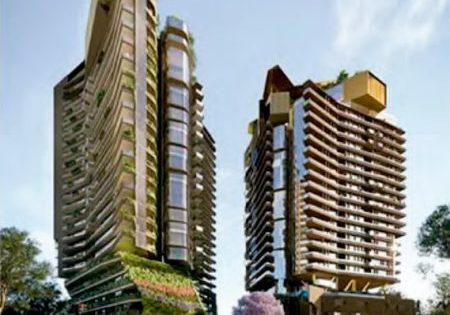How Elevators Should Be Maintained
Feb 1, 2021

In this Industry Dialogue, Champion’s founder and CEO talks best practices for maintenance and more.
by Lee Freeland
Donald Gelestino (DG), founder and CEO of Champion Elevator Corp. in NYC, began as a helper and is now in his 35th year in the elevator industry. Having dedicated so much of this experience to how elevators should be maintained, he shared some important suggestions with your author (LF).
LF: Just how important do you find maintenance?
DG: My team at Champion Elevator and I strongly believe that the practice of properly maintaining equipment is of paramount importance. This not only saves building owners and managers money, but also guarantees safer and more efficient service for the riding public. Custom services ensure that elevators are kept at peak performance levels, while costly repairs, overtime and down-time inconveniences are kept to a minimum. The result is peak performance for passengers and significant savings for owners and managers.
LF: Can you give some examples of what should and should not be done in maintaining elevators?
DG: Regularly lubricating and adjusting all required parts like roller guides, car and hall door equipment and simple tasks like cleaning hall door saddles are paramount in helping equipment achieve lifetime expectancy. We often survey elevators for which these simple steps are not being performed. This results in inconvenience for building ownership and the riding public, and equipment is irreversibly damaged and in need of replacement. We have often noticed this occurring from other companies that overload a technician’s route with an unachievable number of units to service properly. I feel that each technician should not be overwhelmed with too many elevators and that we, as a company, must achieve proper maintenance on every elevator each month.
Using terminology like “periodic” and “regularly” in a maintenance contract leaves opportunity to skip proper maintenance periods for elevators, which, in turn, can create unnecessary wear and tear of equipment.
LF: Do you believe all elevators are created equal?
DG: No — There are many types of elevators, which are used in different ways. Some run constantly, and some only run several times per year. Situation, style and usage need must be considered and follow a specific maintenance program. A preventive maintenance program specific to each elevator should be created. This should be based upon its original survey, and the budget and philosophy of the building owners and/or management.
LF: How often do you see replacement or modernization become necessary when better maintenance may have kept the original unit in proper condition?
DG: If equipment is maintained using strict quality guidelines and properly trained technicians, an elevator can last more than five additional years before modernization is needed. Most elevator modernizations are needed every 25 years. In some cases in which the elevators are used more often, a maximum capacity of 20 years is more reasonable. However, if equipment is not properly maintained, modernization may be needed in 15 years or sooner. Proper maintenance is the key for longevity in all circumstances.
LF: How equally are owners and/or managers created?
DG: Some building owners and/or managers believe in very preventive maintenance and welcome pre-maintenance suggestions before the elevator company even takes on the responsibility of the contract. Other owners are more in line with pushing off expenses until a future time. This ignores that the reality in the elevator world is, “Pay now or pay later.” The “pay now” approach is a win/win for both parties. For example, many building owners, facility managers and even elevator technicians don’t realize that the car door operator opens and closes at least twice as often as the number of trips the elevator makes. Regular maintenance of the car and hoistway door systems is the most imperative for proper operation of the elevator. The building owner benefits from having the elevator brought up to a quality standard at the time of changing vendors and knows all tenants and passengers will benefit right from the start with a repaired elevator. It also gives the route technician a sense of pride as they take on the new contract, because they see an owner and company that invests in good service. A good pre-maintenance proposal and contract will help provide all elevator parts, both mechanical and electrical, with proper maintenance at the proper time.
LF: What do you see in the future of elevator maintenance?
DG: The future in elevator maintenance is to track and monitor elevators by means of technology. The underlying belief is that if a system is created in which honest, transparent communication between building managers and elevator companies is established, guaranteed good maintenance will prevail.
LF: What are the best ways to establish and maintain an honest, transparent communication between building managers and elevator companies? Which forms of technology should be used?
DG: I feel that offering technology to building owners, managers, superintendents and facility engineers to see real-time locations of field technicians, combined with certain elevator data reporting, is the only true way to create a transparent maintenance program.
Get more of Elevator World. Sign up for our free e-newsletter.








